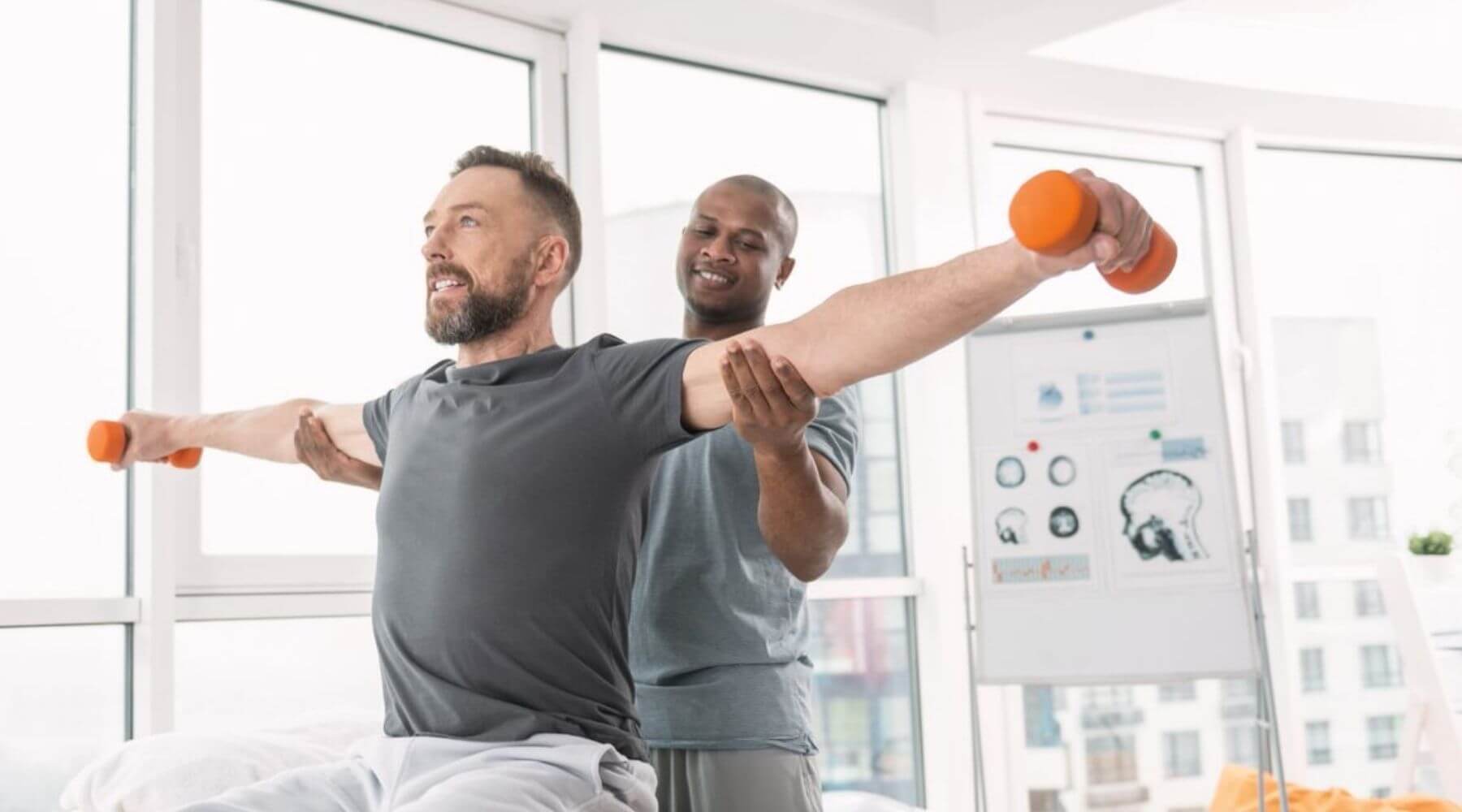
Sudden injuries in athletics can happen suddenly and frequently lead to critical issues for players. These injuries can vary from twists and tears to breaks and concussions. To help prevent these injuries, it is essential to implement focused preventive strategies. These strategies concentrate on awareness, appropriate preparation, equipment use, and overall health maintenance. By addressing these important areas, players can significantly reduce their chances of suffering from acute traumas while engaging in their favorite sports.
One effective approach to reducing the risk of injuries is through education. Players, trainers, and guardians should be informed about the common types of injuries associated with particular sports. Comprehending the mechanics of these injuries allows everyone to identify the indicators and symptoms early. Educational workshops or seminars can assist teach athletes about proper techniques and the importance of preparing up before matches or training sessions. This knowledge empowers players to take charge for their well-being and encourages them to express any concerns about possible traumas.
Another important preventive strategy is proper preparation. Players should participate in a comprehensive conditioning program that focuses on developing strength, flexibility, and endurance. Strength conditioning assists build the muscles that support joints, reducing the likelihood of injuries. Flexibility routines, such as stretching, can enhance the range of motion and reduce the risk of muscle strains. Additionally, players should include sport-specific drills that mimic game situations, which can assist them become more acquainted with the actions involved in their selected sport. Coaches play a crucial role in designing and implementing these conditioning programs to ensure they are secure and effective.
The use of appropriate gear is also essential in preventing acute injuries in sports. Athletes should consistently wear the appropriate gear for their particular activity, including helmets, pads, and proper footwear. For instance, gridiron players need helmets to protect against head traumas, while football players require shin guards to shield their legs from collision. It is crucial that equipment is fitted correctly and is maintained regularly to guarantee it provides the necessary safeguarding. Coaches and parents should motivate athletes to take the time to choose and wear the right gear to reduce their risk of trauma.
In addition awareness, preparation, and equipment, maintaining overall well-being is crucial for trauma avoidance. Players should prioritize adequate nutrition, hydration, and rest to keep their bodies in top condition. A nutritious diet rich in vitamins and minerals helps facilitate muscle recovery and overall physical performance. Maintaining hydrated is also important, as dehydration can lead to exhaustion and heighten the risk of injuries. Lastly, achieving enough sleep is crucial for recovery and maintaining focus during practices and games. By encouraging good health habits, athletes can improve their performance and lower their chances of experiencing acute injuries.
In conclusion, minimizing the risk of acute traumas this in athletics requires a comprehensive method that includes awareness, adequate preparation, suitable gear, and overall well-being maintenance. By concentrating on these targeted preventive strategies, athletes can better protect themselves from the dangers of traumas. Trainers, guardians, and players all have vital roles to fulfill in fostering a secure athletics environment. By cooperating together and emphasizing safety, the enjoyment of sports can persist without the disruption of serious traumas.